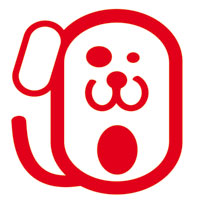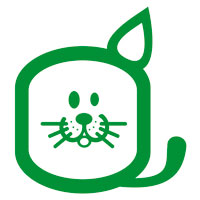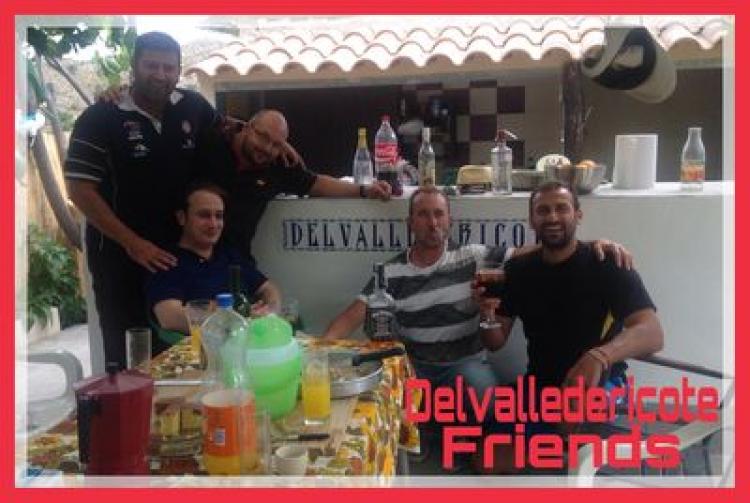Los ArtĂculos sobre Mascotas (Perros o Gatos) de PETSmania
Ir a indice de ArtĂculos
BichĂłn Habanero
FCI-Standard N° 250 HAVANESE (Bichon Havanais)
FCI-St. N° 250 / 12.01.2009 Estandar FCI en Inglés
Por :
(España)
Seccion:

FCI-Standard N° 250 HAVANESE (Bichon Havanais) FCI-St. N° 250 / 12.01.2009 Estandar FCI en Inglés
12.01.2009/EN
FCI-Standard N° 250
HAVANESE (Bichon Havanais)
FCI-St. N° 250 / 12.01.2009
TRANSLATION: Mrs. Peggy Davis, revised by R. Triquet.
ORIGIN: Western Mediterranean basin, development : Cuba.
PATRONAGE: F.C.I.
DATE OF PUBLICATION OF THE OFFICIAL VALID
STANDARD: 04.11.2008.
UTILIZATION: Companion and toy dog.
FCI-CLASSIFICATION: Group 9 Companion and Toy Dogs.
Section 1 Bichons and related breeds. Without working trial.
BRIEF HISTORICAL SUMMARY: The breed comes from the Western Mediterranean region and has developed along the Spanish and Italian coastal region. It would seem that these dogs were imported early in Cuba by ocean navigating Italian captains. Erroneously, the most frequent brown colour of these dogs (tobacco) gave birth to the legend which would mean it to be a breed originating from Havana, capital of Cuba. The political events however have led to the total disappearance of the old blood lines of the Havanese in Cuba; apparently a few dogs could be successfully smuggled out from Cuba; their descendants have survived in the U.S.A.
GENERAL APPEARANCE: The Havanese is a sturdy little dog, low on his legs, with long abundant hair, soft and preferably wavy. His movement is lively and elastic.
IMPORTANT PROPORTIONS: The length of the muzzle (tip of nose to stop) is equal to the distance between the stop and the occipital protuberance. The relation between the length of the body (measured from the point of the shoulder to the point of the buttock) and the height at the withers is of 4/3.
BEHAVIOUR / TEMPERAMENT: Exceptionally bright he is easy to train as alarm dog. Affectionate, of a happy nature, he is amiable, a charmer, playful and even a bit of a clown. He loves children and plays endlessly with them.
HEAD: Of medium length, the relation between the length of the head and that of the trunk (measured from the withers to the base of the tail) is of 3/7.
CRANIAL REGION:
Skull : Flat to very slightly rounded, broad; forehead hardly rising; seen from above it is rounded at the back and almost straight and square on the other three sides.
Stop : Moderately marked.
FACIAL REGION:
Nose: Black or brown.
Muzzle: Narrowing progressively and slightly towards the nose but neither snipey nor truncated.
Lips: Fine, lean, tight.
Jaws/Teeth: Scissor bite. A complete dentition is desirable. The absence of premolars 1 (PM1) and molars 3 (M3) is tolerated.
Cheeks: Very flat, not prominent.
Eyes: Quite big, almond shape, of brown colour as dark as possible. Kind expression. The eyes rims must be dark brown to black.
Ears: Set relatively high; they fall along the cheeks forming a discreet fold which raises them slightly. Their extremity is in a lightly rounded point. They are covered with hair in long fringes. Neither propeller ears (sticking sideways), nor stuck to the cheeks.
NECK: Of medium length.
BODY: The length of the body is slightly superior to that of the height at the withers.
Back: Topline straight, slightly arched over the loin.
Croup: Noticeably inclined.
Ribs: Well sprung.
Belly (abdomen): Well tucked up.
TAIL: Carried high, either in shape of a crozier or preferably rolled over the back; it is furnished with feathering of long silky hair.
LIMBS
FOREQUARTERS: Forelegs straight and parallel, lean; good bone structure. The distance from the ground to the elbow must not be greater than that between the elbow and the withers.
HINDQUARTERS: Good bone structure; moderate angulations.
FEET: Of slightly elongated shape; small; tight toes.
GAIT / MOVEMENT : According to his happy nature, the Havanese has a strikingly light-footed and elastic gait; forelegs with free stride and pointing straight forward, the hindlegs giving them the impulsion and moving in a straight line.
COAT
HAIR: Undercoat woolly and not very developed; it is often totally absent. The topcoat is very long (12-18 cm in an adult dog), soft, flat or wavy and may form curly strands. All grooming, the usage of scissors to even out the length of the coat and all trimming is forbidden.
Exception : tidying up the hair on the feet is permitted, the hair on the forehead may be slightly shortened so that it does not cover the eyes and the hair on the muzzle may be slightly tidied up, but it is preferable to leave it in natural length.
COLOUR:
Rarely completely pure white, fawn in its different shades (slight blackened overlay admitted), black, havana-brown, tobacco colour, reddish-brown. Patches in mentioned colours allowed. Tan markings in all nuances permitted.
SIZE:
Height at the withers : From 23 to 27 cm.
Tolerance : from 21 to 29 cm.
FAULTS: Any departure from the foregoing points should be considered a fault and the seriousness with which the fault should be regarded should be in exact proportion to its degree and its effect upon the health and welfare of the dog.
IMPORTANT FAULTS:
· General appearance lacking in type.
· Truncated or snipey muzzle, length not identical to that of the skull.
· Bird of prey eyes; eyes too deep set or prominent; rims of eyelids partially depigmented.
· Body too long or too short.
· Straight tail, not carried high.
· « French » front (pasterns too close, feet turned outwards).
· Deformed hind feet.
· Coat harsh, not abundant; hair short except on puppies; groomed coat.
DISQUALIFYING FAULTS:
· Aggressive or overly shy.
· Any dog clearly showing physical or behavioural abnormalities shall be disqualified.
· Depigmented nose.
· Upper or lower prognathism.
· Ectropion, entropion; rim of eyelids of one or both eyes depigmented.
· Size over or under the indicated norms of the standard.
N.B.:
· Male animals should have two apparently normal testicles fully descended into the scrotum.
· Only functionally and clinically healthy dogs, with breed typical conformation should be used for breeding.
The latest amendments are in bold characters.

luisalberto.prado
 stellantis.com
stellantis.comVigo (España)
0 - España
Tel: +34-669492604
Mov: +34-639700387
Nota: no se responsabiliza de la informacion u opiniones vertidas en estos contenidos ni tiene por que estar de acuerdo con ellos.
Mostrando la pagina 3 de 52

Dogo Canario
Resumanos la historia de la raza Dogo Canario
Seccion: Resumanos la historia de la raza Dogo Canario
El antiguo Presa Canario es una raza creada a partir de perros de presa utilizados para el ganado. ...
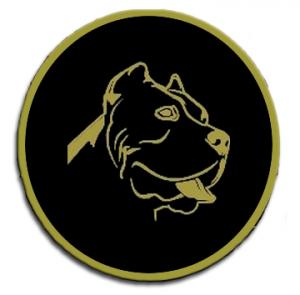
Por :
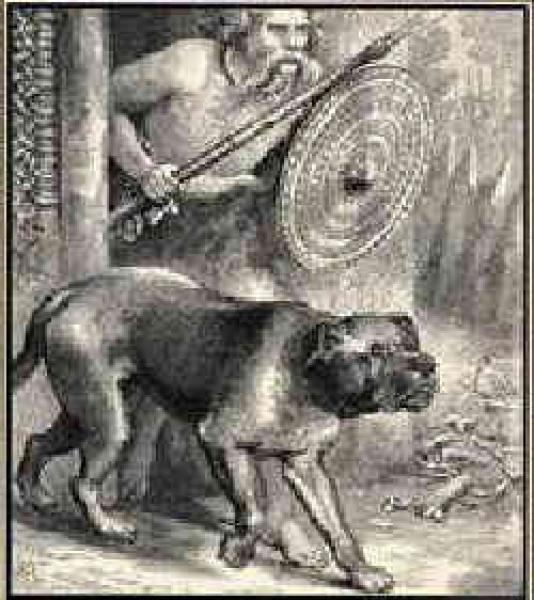
Alano Español
BECERRILLO, ALANO DE COMBATE
Seccion: BECERRILLO, ALANO DE COMBATE
Todavia hay gente que cree que Becerrillo era de Ponce o de Balboa,bueno estĂĄ que lo diga gente que no saben de historia ,pero gente que ha escrito sobre Ă©l que estĂĄ en este mundo del alano,parece ser que no ...

Por :

EL TEST DE CAMPBELL
Seccion: El etĂłlogo norteamericano Campbell, creĂł una serie de pruebas que desvelan los rasgos de personalidad mĂĄs sobresalientes de cada cachorro. ...

Por :
ENTRENAMIENTO FĂSICO DEL PERRO
Seccion: En este artĂculo tan solo expondrĂ© algunas cosas bĂĄsicas para entrenar a nuestro perro fĂsicamente, para ejercitar sus mĂșsculos, fortalecerlos y darles resistencia. ...

Por :
GREGARISMO, JERARQUĂA Y DOMINANCIA
Seccion: Hasta hace muy poco tiempo todos los que estudiĂĄbamos al perro, como especie, tenĂamos claros estos conceptos de los que todos los autores hablan en sus trabajos. ...

Por :
TEST DE INTELIGENCIA CANINA DE STANLEY COREN
Seccion: Condiciones previas El test de inteligencia canina de Stanley Coren, estĂĄ elaborado de forma que cada una de las pruebas se puede hacer por separado, de manera totalmente independiente y con el orden que nos ...

Por :
EL CELO EN LA PERRA
Seccion: Las dudas sobre la apariciĂłn del celo en los perros son muy frecuentes y a menudo hay aspectos que tienden a ser mal interpretados. En este artĂculo explicamos algunas cuestiones sobre el celo en la perra que ...

Por :
CANICROSS O COMO DISFRUTAR AL MĂXIMO DE TU PERRO
Seccion: El Canicross es una disciplina que se estĂĄ consolidando en nuestro paĂs y con una larga tradiciĂłn en Europa, consiste en correr con un perro atado a la cintura con un cinturĂłn y una lĂnea de tiro que va ha ...

Por :
Alano Español
LOS HOMBRES ALANO
Seccion: LOS HOMBRES ALANO
Los alanos (llamados también alauni o halani) eran un grupo étnico de origen iranio incluido en la familia de los sårmatas, pastores nómadas muy belicosos de diferentes procedencias, que hablaban la lengua ...

Por :
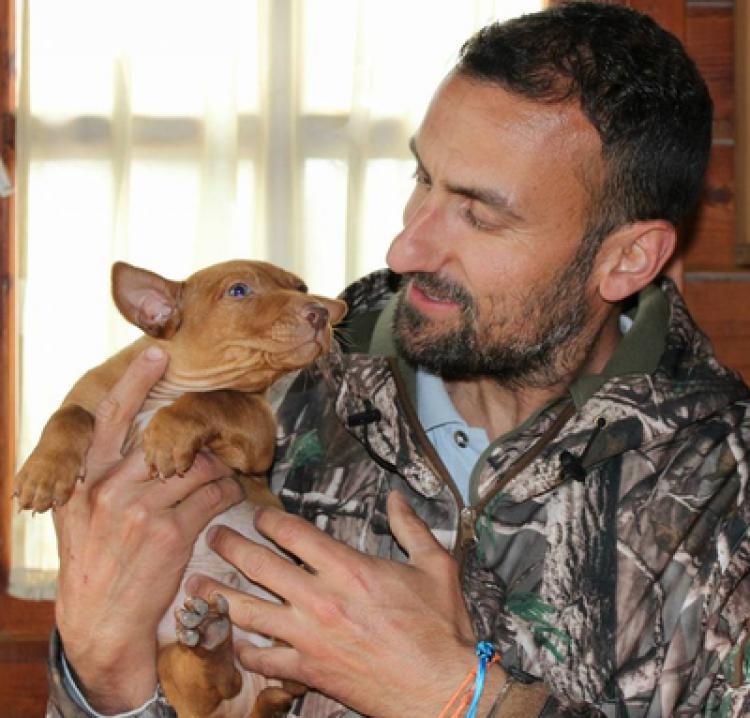
ÂżQUE ES SER UN CRIADOR?
Seccion: Un Criador (con C mayĂșscula) es aquel que estĂĄ sediento de conocimientos y nunca realmente lo sabe todo, aquel que lucha con decisiones de conciencia, conveniencia y compromiso. ...

Por :
ĂLTIMAS TENDENCIAS
Seccion: Todas las razas estĂĄn en continua evoluciĂłn variando su morfologĂa en mayor o menor medida, a veces siguiendo criterios de selecciĂłn... ...

Por :
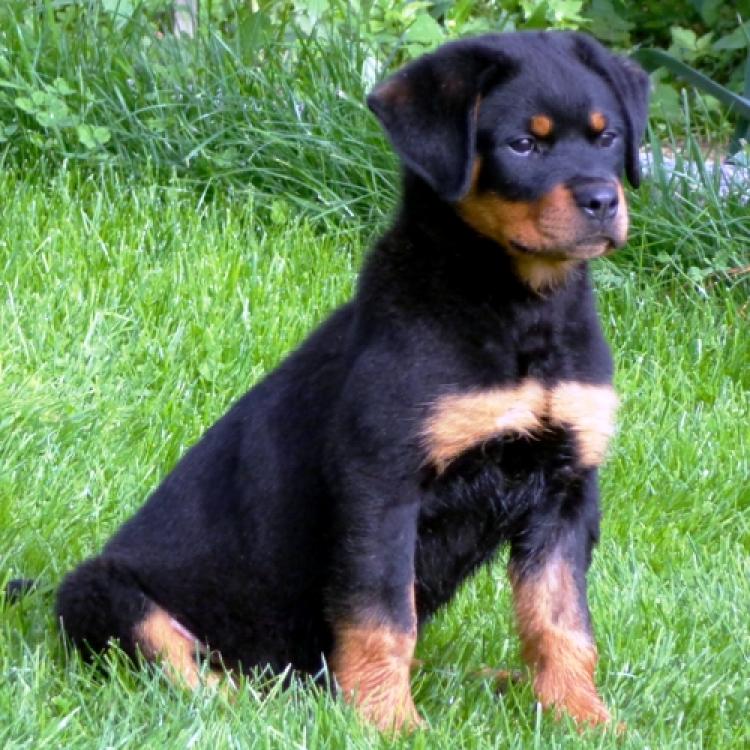
Rottweiler
CĂłmo criamos a nuestros Rottweilers
Seccion: CĂłmo criamos a nuestros Rottweilers
Nuestros cachorros se crĂan en ambiente familiar, para que adquieran la socializaciĂłn necesaria y bajo estrictas condiciones higiĂ©nico sanitarias, entregĂĄndolos vacunados, desparasitados, con garantĂa sani ...

Por :

HISTORIA DEL MASTĂN ESPAĂOL.
Seccion: El mastĂn español fue utlizado durante siglos para acompañar a los rebaños trashumantes de ganado, principalmente de ovejas, defendiĂ©ndolos del ataque de los depredadores, principalmente de los lobos. ...

Por :

